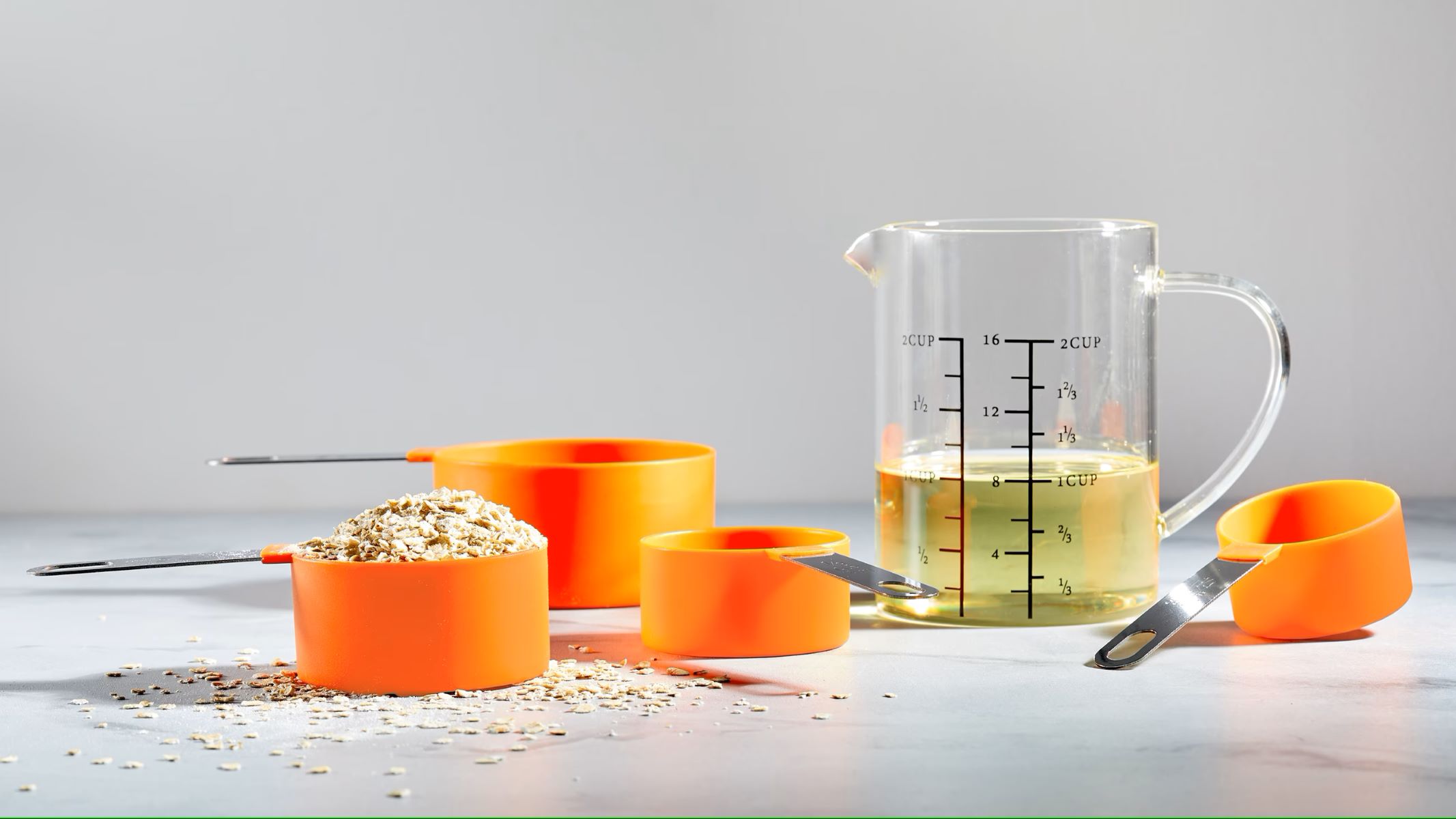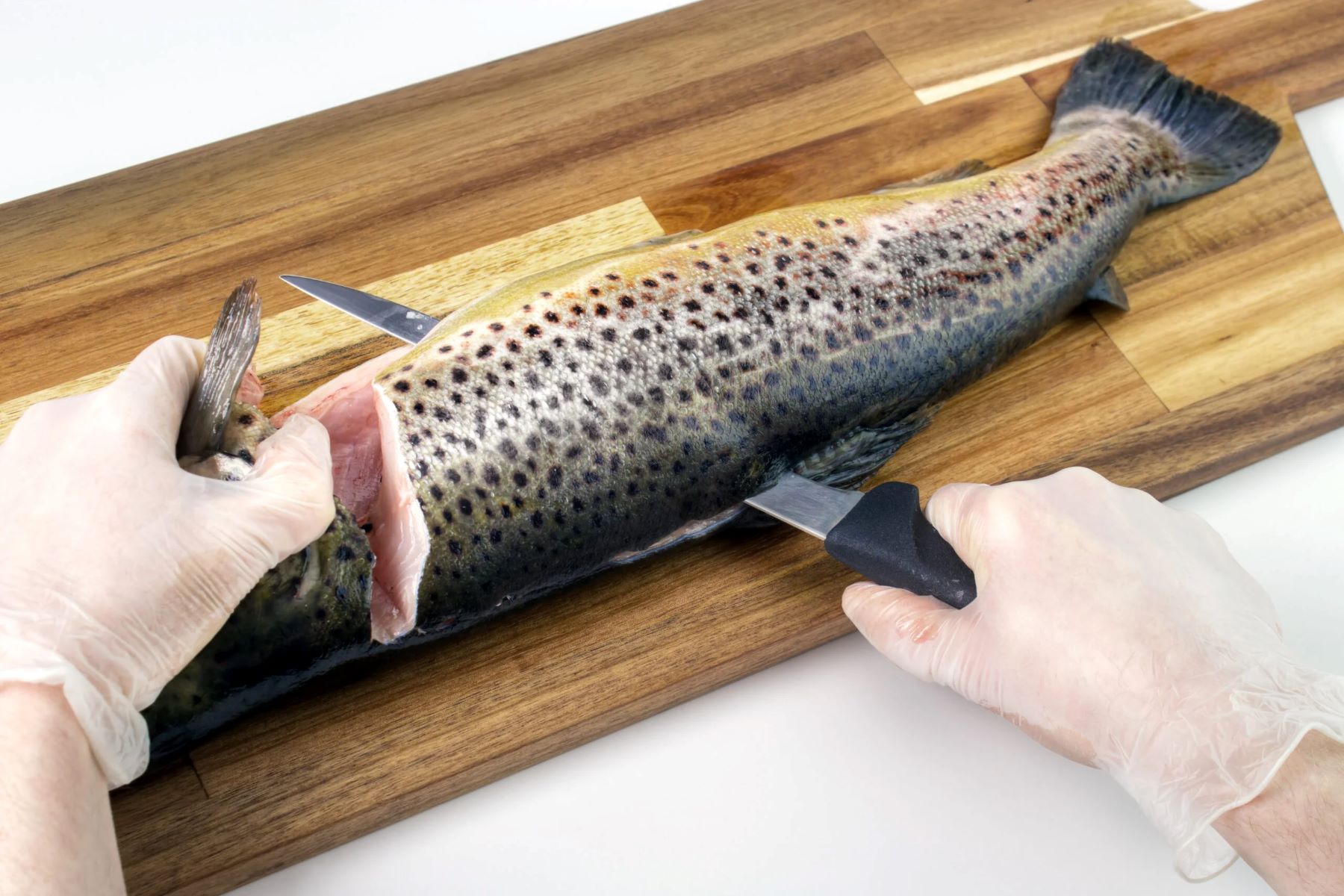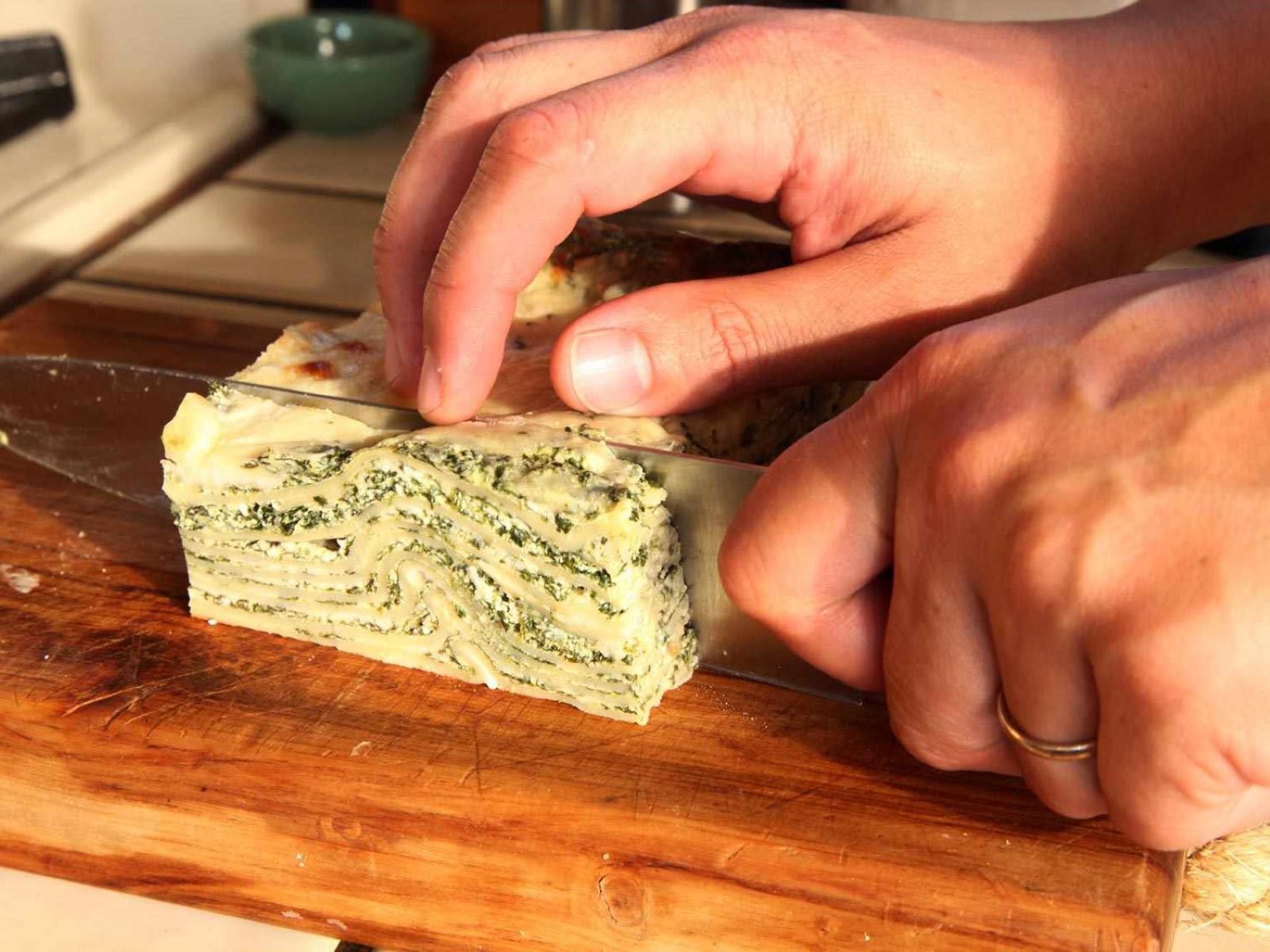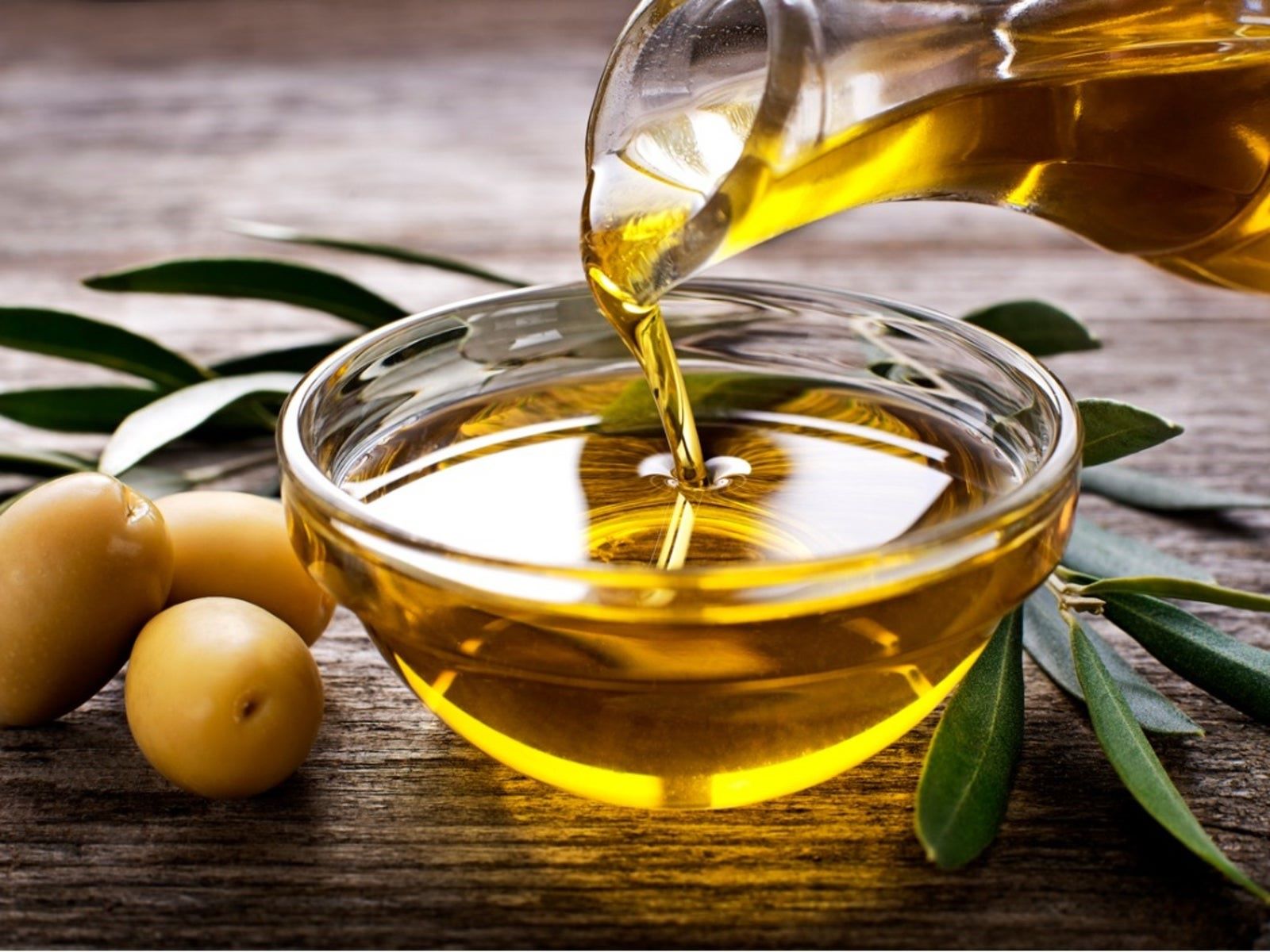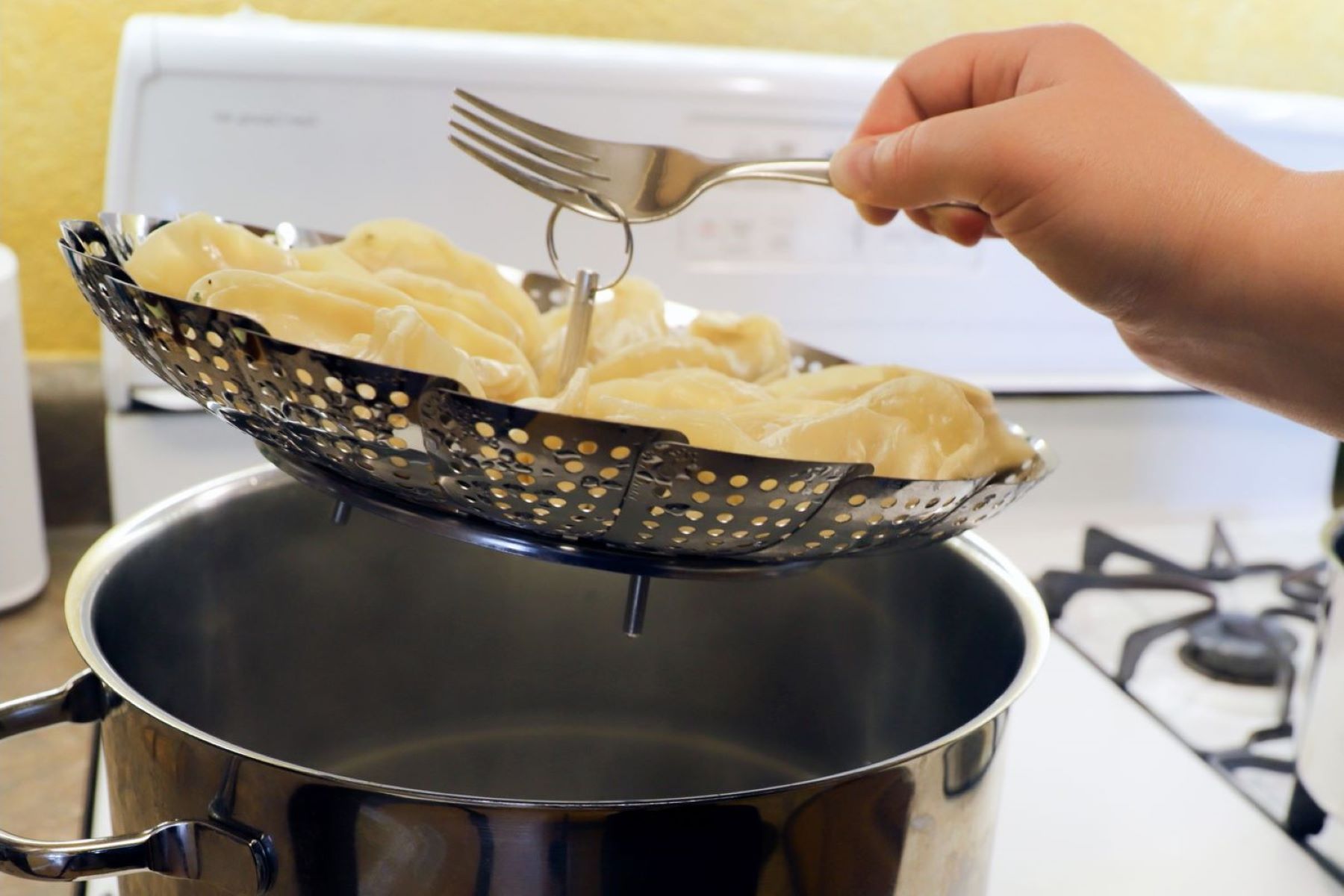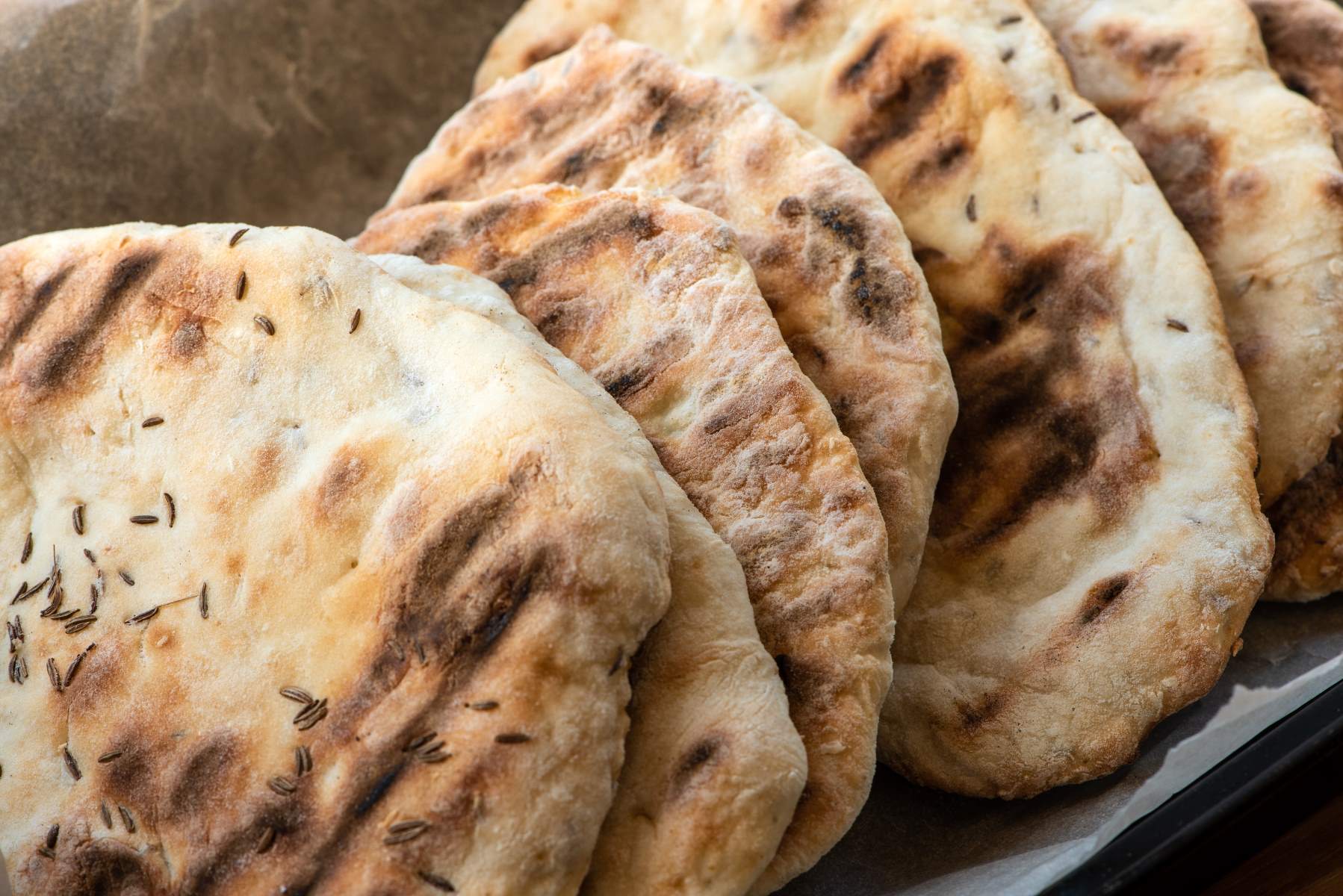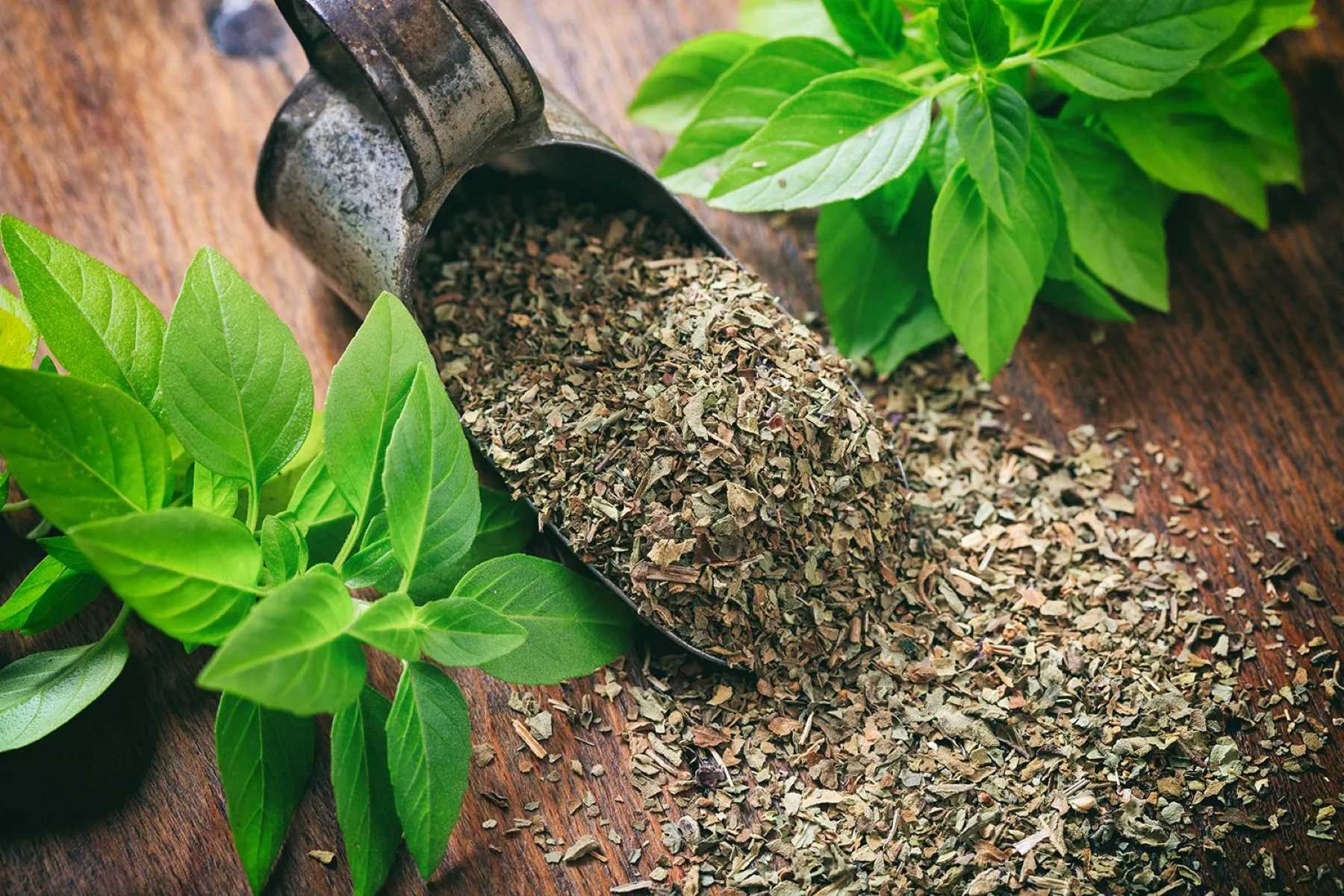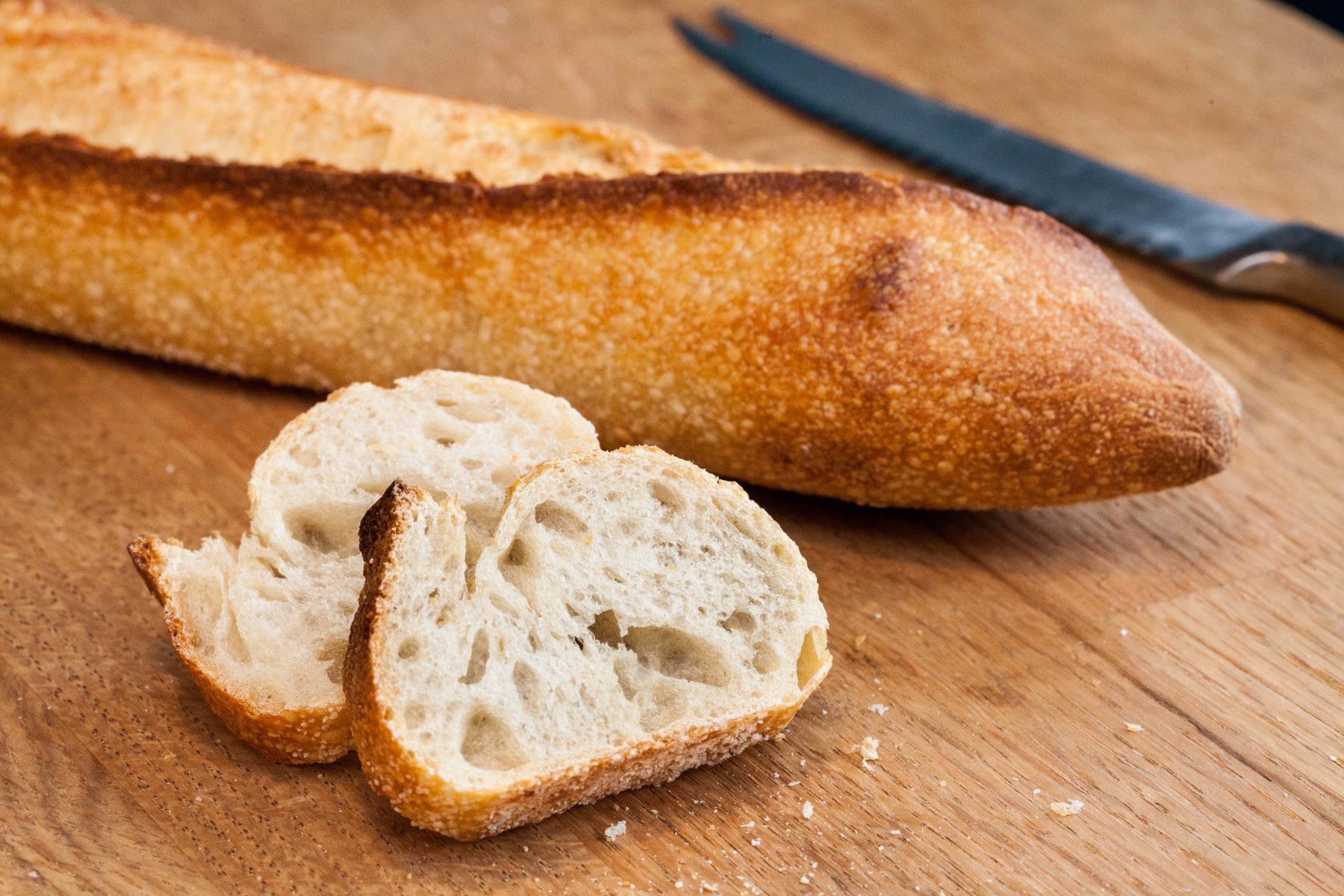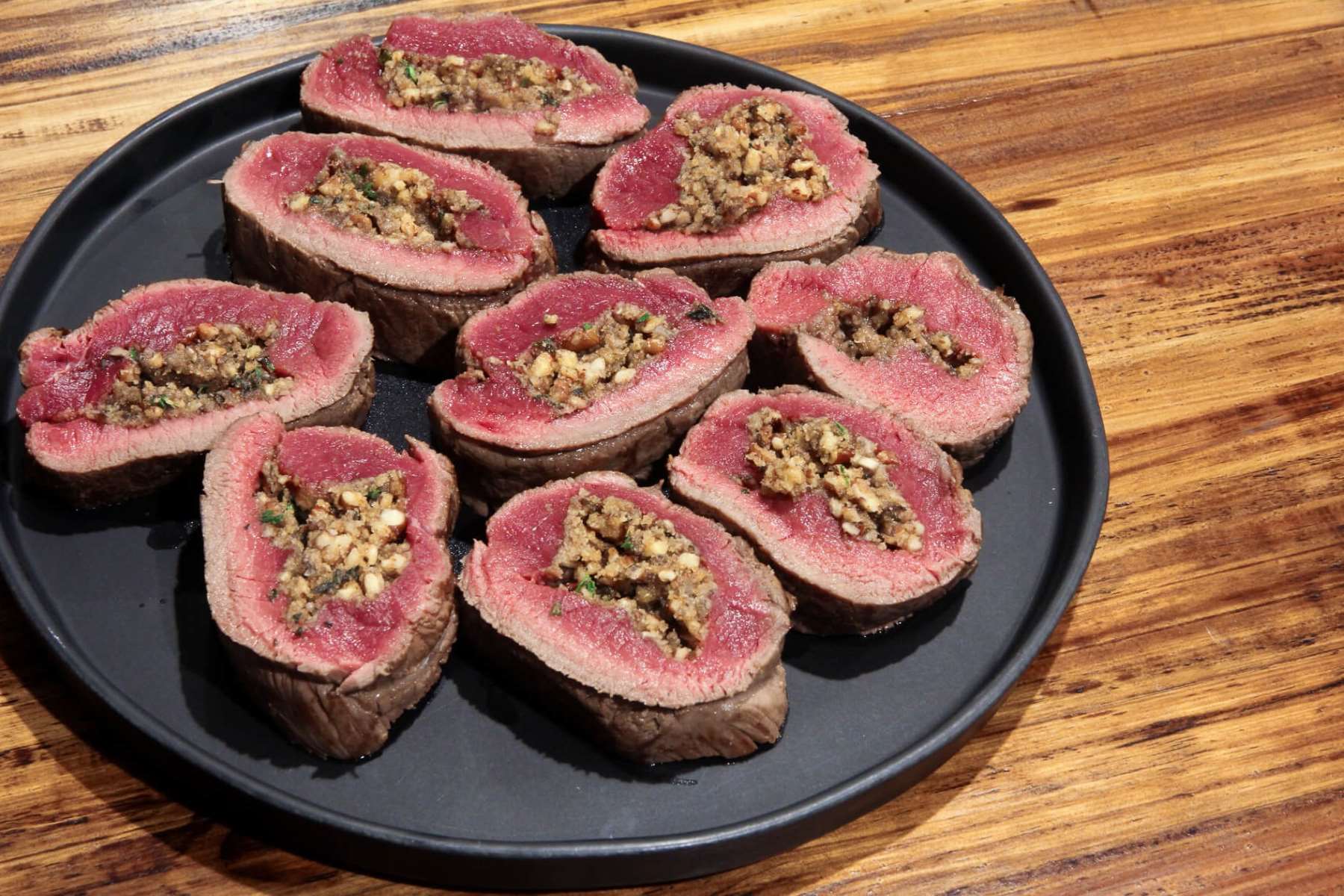Home>Food and Cooking>How To Know When Chorizo Is Cooked


Food and Cooking
How To Know When Chorizo Is Cooked
Published: March 6, 2024
Learn how to tell when chorizo is fully cooked with our expert tips and techniques. Master the art of cooking chorizo with our comprehensive guide. Ideal for food and cooking enthusiasts.
(Many of the links in this article redirect to a specific reviewed product. Your purchase of these products through affiliate links helps to generate commission for Regretless.com, at no extra cost. Learn more)
Table of Contents
Introduction
Cooking chorizo can be a delightful experience, as the sizzling aroma fills the kitchen and the rich, savory flavors tantalize the taste buds. However, ensuring that chorizo is thoroughly cooked is essential for both safety and flavor. Whether you're preparing a mouthwatering paella, a zesty breakfast scramble, or a spicy tapas dish, knowing when chorizo is cooked to perfection is a crucial skill for any home chef.
In this comprehensive guide, we will explore the various methods to determine when chorizo is cooked, from visual cues to temperature checks and texture assessments. By the end of this article, you will be equipped with the knowledge and confidence to cook chorizo to succulent perfection every time. So, let's dive into the world of chorizo and uncover the secrets to mastering its cooking process.
Understanding Chorizo
Chorizo is a highly flavorful and versatile sausage that originates from the Iberian Peninsula, particularly Spain and Portugal. This beloved ingredient has made its way into cuisines around the world, celebrated for its robust taste and ability to infuse dishes with a rich, smoky essence.
There are two main types of chorizo: Spanish chorizo and Mexican chorizo. Spanish chorizo is typically cured and can be enjoyed without cooking, while Mexican chorizo is a fresh sausage that requires cooking before consumption.
Spanish chorizo is often made with smoked paprika, which gives it a deep red color and a distinct smoky flavor. It is commonly used in charcuterie boards, tapas, and traditional Spanish dishes such as paella and fabada. On the other hand, Mexican chorizo is known for its vibrant red hue, derived from the addition of ground chilies. This type of chorizo is popular in Mexican cuisine, where it is used in tacos, burritos, and breakfast dishes like chorizo con huevos.
Both types of chorizo are typically seasoned with a blend of spices such as garlic, cumin, and oregano, contributing to their bold and aromatic profile. The texture of chorizo can vary from soft and crumbly to firm and sliceable, depending on the specific recipe and regional variations.
Understanding the type of chorizo you are working with is crucial when determining its doneness. While Spanish chorizo can be enjoyed as is, Mexican chorizo must be cooked thoroughly to ensure food safety. By familiarizing yourself with the distinct characteristics of each type, you can approach the cooking process with confidence and precision, resulting in delectable dishes that showcase the irresistible flavors of chorizo.
Visual cues for cooked chorizo
When cooking chorizo, paying attention to visual cues is an effective way to gauge its doneness. The transformation that chorizo undergoes during the cooking process provides valuable indicators that can guide you towards achieving perfectly cooked sausage. Here are the visual cues to look for when determining if chorizo is cooked:
Color Change:
One of the most noticeable visual cues is the change in color. Raw chorizo typically has a vibrant red hue, often derived from the inclusion of paprika and other spices. As it cooks, the color of the chorizo will transition to a deeper, more muted shade of red. The surface of the sausage may also develop a caramelized appearance, indicating that the sugars and fats within the chorizo have begun to caramelize, enhancing its flavor and texture.
Rendered Fat:
As chorizo cooks, it releases flavorful oils and fats. A visual sign of cooked chorizo is the presence of rendered fat in the pan or skillet. The fat may appear golden or slightly translucent, indicating that the sausage has released its rich, savory juices. This process not only contributes to the overall flavor of the dish but also signifies that the chorizo has reached a desirable level of doneness.
Crisp Exterior:
Depending on the cooking method, such as pan-frying or grilling, cooked chorizo may develop a crisp exterior. This textural change is visually apparent, as the surface of the sausage becomes slightly charred and caramelized. The development of a crispy exterior adds a delightful contrast to the tender interior of the chorizo, creating a satisfying mouthfeel and enhancing the overall sensory experience of the dish.
Firmness:
Another visual cue for cooked chorizo is the change in firmness. Raw chorizo is often soft and pliable, but as it cooks, it firms up, becoming more resilient to the touch. When gently pressed with a utensil or spatula, cooked chorizo exhibits a firmer texture, indicating that the sausage has reached the desired level of doneness.
By observing these visual cues, you can confidently assess the progress of the cooking process and determine when the chorizo is perfectly cooked. These indicators, when combined with other methods such as temperature checks and texture assessments, empower you to create delectable dishes that showcase the irresistible flavors and textures of well-cooked chorizo.
Temperature check for cooked chorizo
Using a meat thermometer to conduct a temperature check is a reliable method for determining the doneness of chorizo. When cooking chorizo, it's essential to ensure that it reaches a safe internal temperature to eliminate any potential foodborne pathogens and guarantee a thoroughly cooked, flavorful outcome.
The recommended internal temperature for cooked chorizo is 160°F (71°C). This temperature threshold aligns with food safety guidelines and is considered the ideal point at which the sausage is fully cooked and safe for consumption. To perform a temperature check, insert a meat thermometer into the thickest part of the chorizo, avoiding contact with bone or excessive fat. Allow the thermometer to register the internal temperature, ensuring that it reaches or exceeds 160°F (71°C).
When the chorizo reaches the target temperature, it signifies that the sausage has been cooked to the recommended level of doneness, effectively eliminating any potential risks associated with undercooked meat. By incorporating a temperature check into your cooking routine, you can confidently prepare chorizo-based dishes, knowing that they are not only delicious but also safe to enjoy.
The use of a meat thermometer provides an objective and precise assessment of the chorizo's internal temperature, offering a scientific approach to determining its doneness. This method is particularly valuable when cooking larger cuts of chorizo or when preparing dishes that require precise temperature control, such as casseroles, stews, or stuffed peppers.
By embracing the practice of conducting temperature checks, you elevate your culinary expertise and prioritize food safety, ensuring that your chorizo-based creations are not only bursting with flavor but also adhere to the highest standards of cooking safety. Whether you're crafting a hearty chorizo chili or incorporating the sausage into a savory stuffing, the temperature check method empowers you to achieve culinary excellence with confidence and precision.
Incorporating a temperature check into your cooking routine demonstrates a commitment to culinary mastery and responsible food preparation, resulting in dishes that are not only delectable but also prepared with the utmost care and attention to detail. By harnessing the power of temperature checks, you can elevate your cooking skills and create chorizo-infused masterpieces that delight the senses and nourish the body with uncompromised safety and flavor.
Texture and firmness of cooked chorizo
The texture and firmness of cooked chorizo play a pivotal role in determining its readiness for consumption. When assessing the texture of cooked chorizo, it's essential to consider the transformation it undergoes during the cooking process. Raw chorizo typically exhibits a soft and pliable texture, often yielding to gentle pressure. However, as it cooks, the sausage undergoes a remarkable change in texture, becoming firmer and more resilient.
Cooked chorizo should possess a satisfying firmness that indicates thorough cooking while retaining a tender, succulent quality. When gently pressed with a utensil or spatula, well-cooked chorizo exhibits a springy yet firm texture, offering a delightful resistance that signifies its readiness for consumption. This textural transformation is a result of the proteins and fats within the chorizo coalescing and forming a cohesive, resilient structure, enhancing its overall palatability and mouthfeel.
The firmness of cooked chorizo also contributes to its versatility in various culinary applications. Whether incorporated into a hearty stew, crumbled over a vibrant salad, or nestled within a warm tortilla, properly cooked chorizo maintains its structural integrity, allowing it to impart its robust flavor and distinctive texture to a wide array of dishes. The balance between firmness and tenderness is a hallmark of well-cooked chorizo, elevating the sensory experience and ensuring a gratifying culinary outcome.
In addition to firmness, the texture of cooked chorizo should exhibit a desirable succulence that enhances its overall enjoyment. When sliced or bitten into, the cooked sausage should release flavorful juices, offering a luscious and moist quality that underscores its rich and savory essence. This succulent texture is a testament to the thorough cooking of the chorizo, ensuring that it is not only safe to consume but also a delectable addition to any dish.
By paying attention to the texture and firmness of cooked chorizo, you can confidently ascertain its readiness for consumption, ensuring that your culinary creations are met with rave reviews and satisfied palates. The interplay of firmness and succulence in well-cooked chorizo reflects the mastery of the cooking process, resulting in dishes that are not only visually appealing but also a delight to savor.
The texture and firmness of cooked chorizo serve as a testament to the culinary expertise and attention to detail, elevating the overall dining experience and showcasing the irresistible qualities of this beloved sausage. Whether enjoyed as a standalone dish or incorporated into a myriad of recipes, properly cooked chorizo captivates the senses with its enticing texture and robust flavor, leaving a lasting impression on discerning palates.
Conclusion
In conclusion, mastering the art of cooking chorizo to perfection involves a multi-faceted approach that encompasses visual cues, temperature checks, and texture assessments. By understanding the distinct characteristics of chorizo and recognizing the visual indicators of its doneness, you can confidently navigate the cooking process, ensuring that the sausage reaches its full potential in flavor and texture.
Visual cues such as color change, rendered fat, crisp exterior, and firmness provide valuable insights into the progress of cooking chorizo, allowing you to make informed decisions about its readiness for consumption. These visual indicators, when combined with temperature checks using a reliable meat thermometer, offer a scientific and precise method for confirming that the chorizo has reached the recommended internal temperature of 160°F (71°C), guaranteeing both safety and optimal flavor.
Furthermore, paying attention to the texture and firmness of cooked chorizo is essential for creating dishes that are not only safe to consume but also a delight to savor. The interplay of firmness and succulence in well-cooked chorizo reflects the mastery of the cooking process, resulting in dishes that captivate the senses with their enticing texture and robust flavor.
By incorporating these comprehensive methods into your cooking routine, you elevate your culinary expertise and ensure that your chorizo-based creations are met with rave reviews and satisfied palates. Whether you're preparing a classic paella, a sizzling breakfast skillet, or a vibrant taco filling, the knowledge and skills acquired from this guide empower you to cook chorizo with confidence and precision, unlocking a world of culinary possibilities.
In essence, the journey to knowing when chorizo is cooked is a rewarding exploration of flavors, textures, and culinary mastery. With a keen eye for visual cues, a commitment to precise temperature checks, and an appreciation for the nuanced texture of cooked chorizo, you can embark on a culinary adventure that celebrates the irresistible allure of this beloved sausage. So, embrace the art of cooking chorizo, and savor the delectable results that await you in every dish you create.


